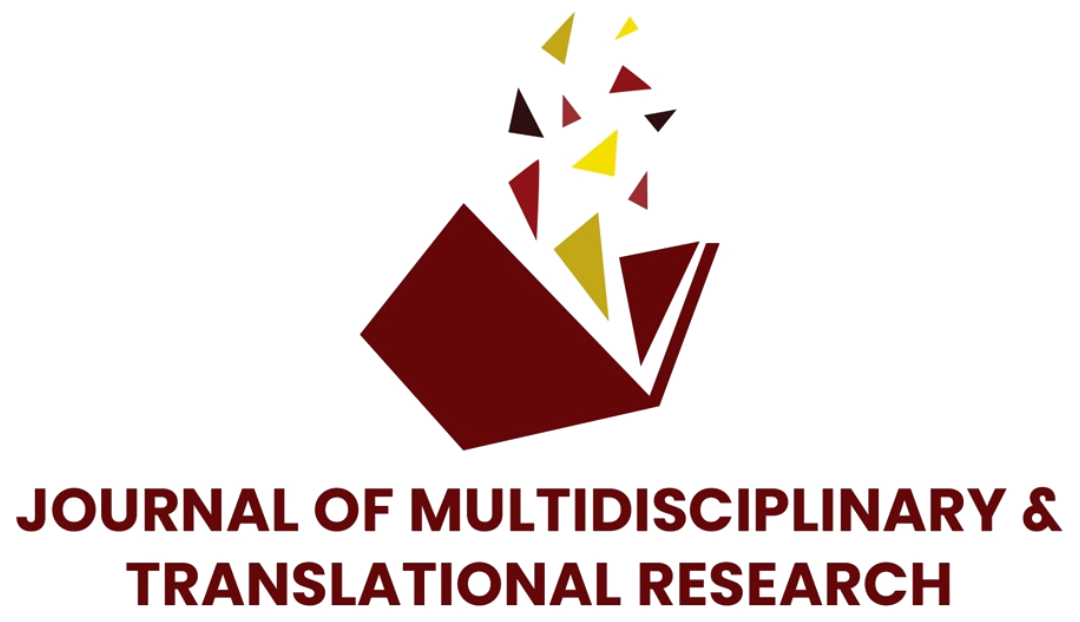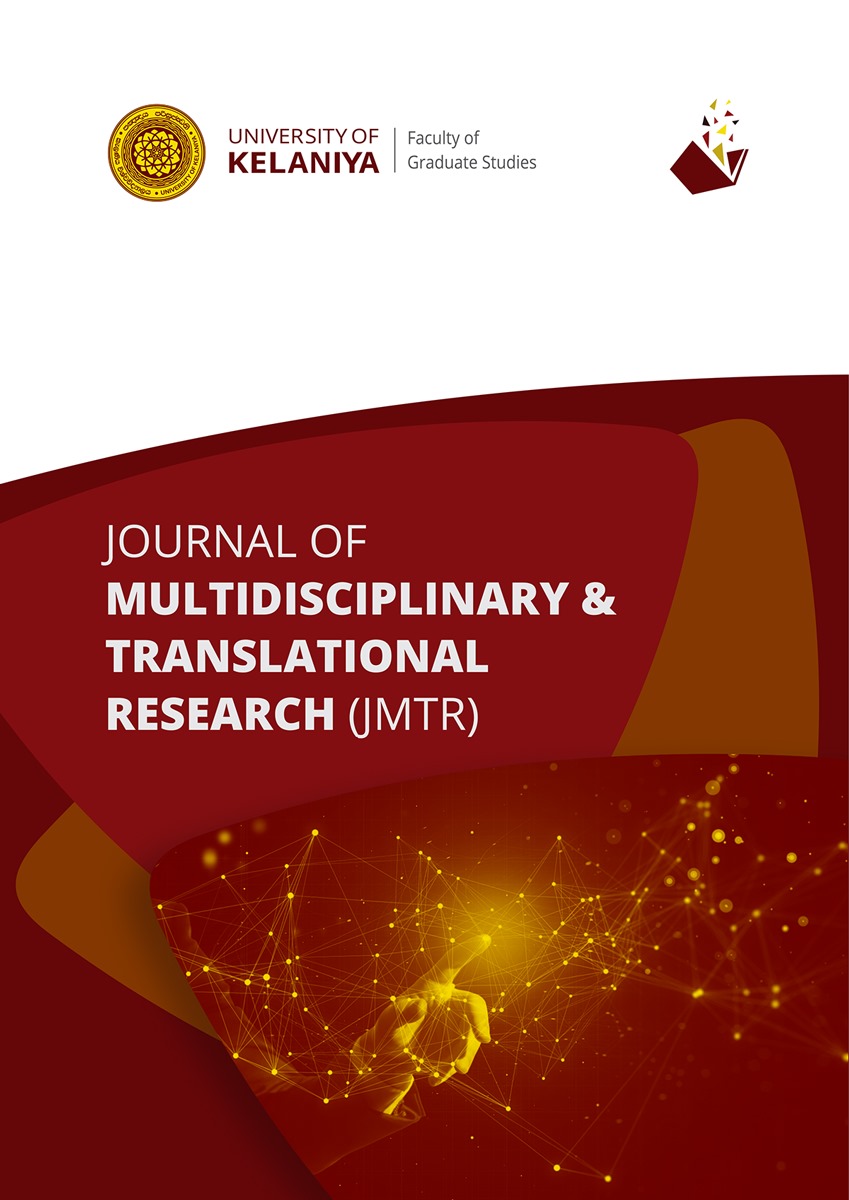Guidelines for Reviewers
Journal of Multidisciplinary and Translational Studies take pride in following a high standardized double-blind peer review process that enhances the accuracy and high quality of its articles.
Reviewer Checklist Do
| ✔ | Write a brief paragraph summarizing the article. This demonstrates to the editor that you have read and comprehended the study. |
| ✔ | Describe the primary impressions of the article, highlighting its novelty and curiosity as well as its influence and contribution to the body of knowledge. |
| ✔ | When leaving a comment, it's best to stick to brief, well-defined paragraphs and make it obvious to the editor and author which part the comment is about. |
| ✔ | Examine if the paper complies with the guidelines provided by the journal (such as the authors' guide). |
| ✔ | Examine if the paper complies with the guidelines provided by the journal (such as the authors' guide). |
| ✔ | Make precise remarks and recommendations about, for example, the title and abstract: Is the material appropriately reflected in the title? Is the abstract self-contained and comprehensive? |
| ✔ | Examine the highlights. |
| ✔ | Remain accurate in your comments and refrain from speculating on the author(s)' intentions. |
| ✔ | Examine the methodology, statistical mistakes, findings, conclusion/discussion, and references with great attention. |
| ✔ | Consider comments on the data presentation in the manuscript, the sustainability of the methodology, reproducibility, data analysis, and if the data supports the findings. |
| ✔ | If you have any suspicions about plagiarism, fraud, or other ethical issues, let the editor know and be as specific as you can. |
| ✔ | Realize that there might be prejudice in your review. We can all be led by unintentional bias to make dubious judgements that have a detrimental effect on the process of scholarly publishing. |
Don’t
| ✔ | Feel compelled to make criticism of the spelling, grammar, or layout of the article. Let the editor know that the author(s) should have the language of the manuscript corrected if the research is solid, but the writing is weak. |
| ✔ | Make remarks ad hominem. |
| ✔ | Reject concepts or other points of view that could contradict your own beliefs on a subject; keep an open mind when reviewing. |
| ✔ | Without the editors' and authors' consent, distribute the review or information about review to any third party. |
| ✔ | Encourage the author to cite your (or your associates') work wherever possible, unless doing so will serve true scientific purposes and not be motivated by the desire to garner more citations or draw attention to your (or your associates') work. |
The Responsibility of the Peer Reviewer
The reviewer's role entails critically examining and evaluating a manuscript within their subject expertise, offering constructive and respectful feedback to authors. This feedback should address the strengths and weaknesses of the article and suggest ways to enhance its quality, coherence, and originality.
Before Reviewing
| 1. | Accept to only review the manuscripts which fall into his/her area of expertise to maintain the high standards of the journal. |
| 2. | Send a reply email as received once you receive the manuscript within two days. Mention further whether you agree to review the manuscript in the same email. |
| 3. | Ensure whether he/she can review the article within two weeks. If the deadline can be met, proceed with the review. However, if there are difficulties meeting the deadline, inform the Chief Editor promptly. |
| 4. | Adhere to the conflicts of interest policies and refrain from reviewing manuscripts of such cases including manuscripts that are co-authored by the reviewer himself/herself. |
The Review
The article should align with the scope of the journal and maintain high standards of content quality and originality. It should be ensured that all data and interpretations are clear and understandable, and the review process should be comprehensively addressed.
| 1. | Focus on critical evaluation of the paper and be sure to meticulously check reviews before submission, since reviews directly affect the last decision of the editor. |
| 2. | Verify the paper on its accuracy, relevancy, novelty, standards, importance, and sufficiency to be warranted publication. |
| 3. | Ensure all the key elements of the study: abstract, introduction/literature review, methodology, results, conclusions are provided, adequately explained and follows a logical sequence in the paper. |
| 4. | Check whether the title of the research and the abstract of the paper reflects the content of the article. |
| 5. | Confirm whether the data collection methods and statistical analyses are accurate. |
| 6. | Overall, verify the information, statistics, references in the paper are correct. |
| 7. | Examine whether the conclusions of the paper are sound and sensible, matching well with the contents and findings of the paper. |
| 8. | Do not feel compelled to correct language errors, however, you may bring it to the attention of the editor. |
| 9. | Provided that a certain article expands past research, ensure it refers to that study appropriately and that there is no malpractice. |
| 10. | The reviewer is provided with an editorial review form and an author review form. The lines of the manuscript provided to the reviewer are numbered. The reviewer should comment line wise where any error is recognized. Subsequently, all the comments should be presented in one separate Word document. |
Ethical considerations
| 1. | Every reviewer is bound by confidentiality policies. Thus, they should uphold confidentiality of the presented papers. Revealing the data, results, or videos/images or any of the supplementary material of the assigned paper to third parties is prohibited. After receiving the paper, contact only the editor for any further assistance or clarifications. |
| 2. | The identity of the reviewers should remain unknown to the authors, during the process of review and after its publication. |
| 3. | All recommendations must maintain integrity. If the conduct of the reviewer is deemed unethical then the manuscript will be assigned to a second reviewer. |
| 4. | The reviewer may inform the editor regarding suspected duplicate publication, plagiarism, or lack of ethical clearances from the author’s side. |



